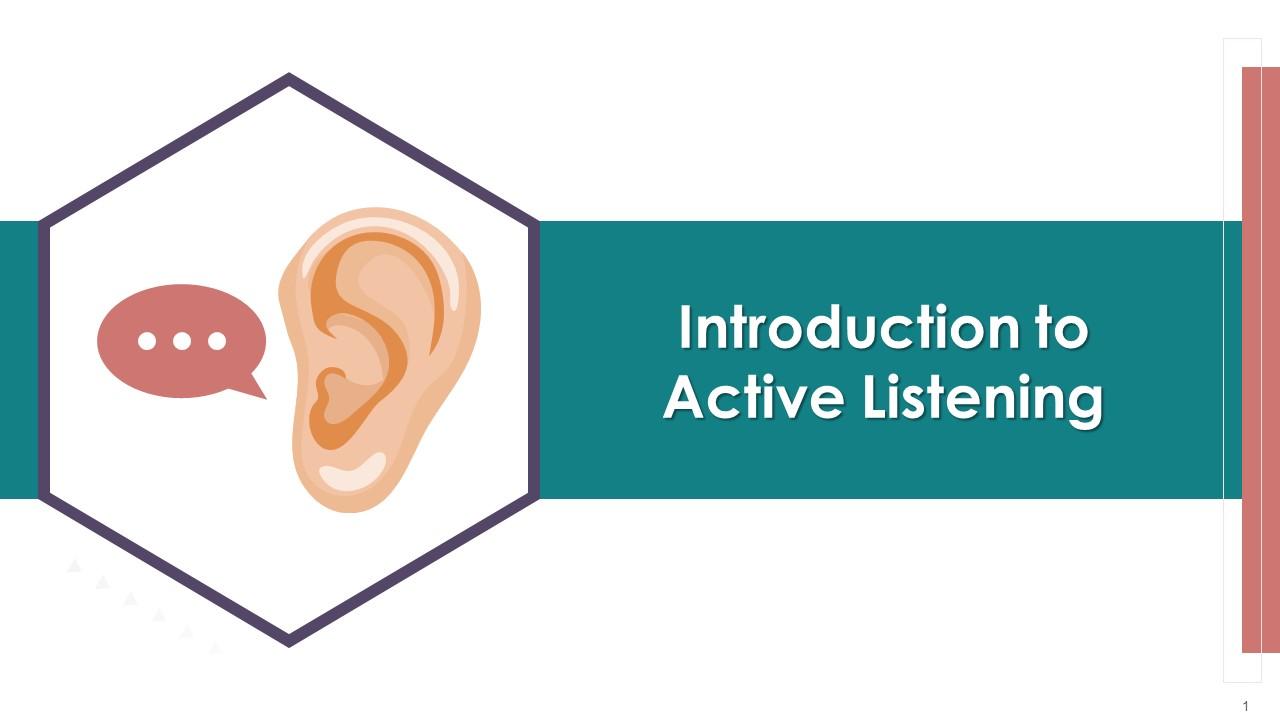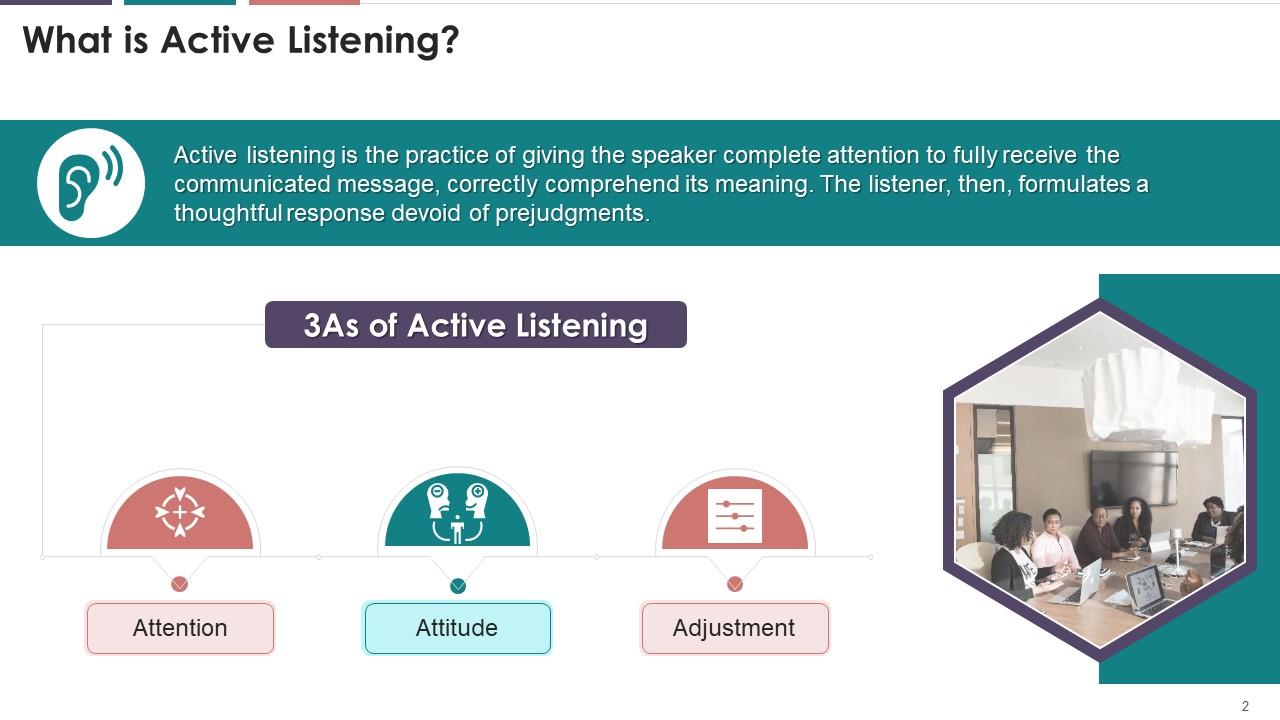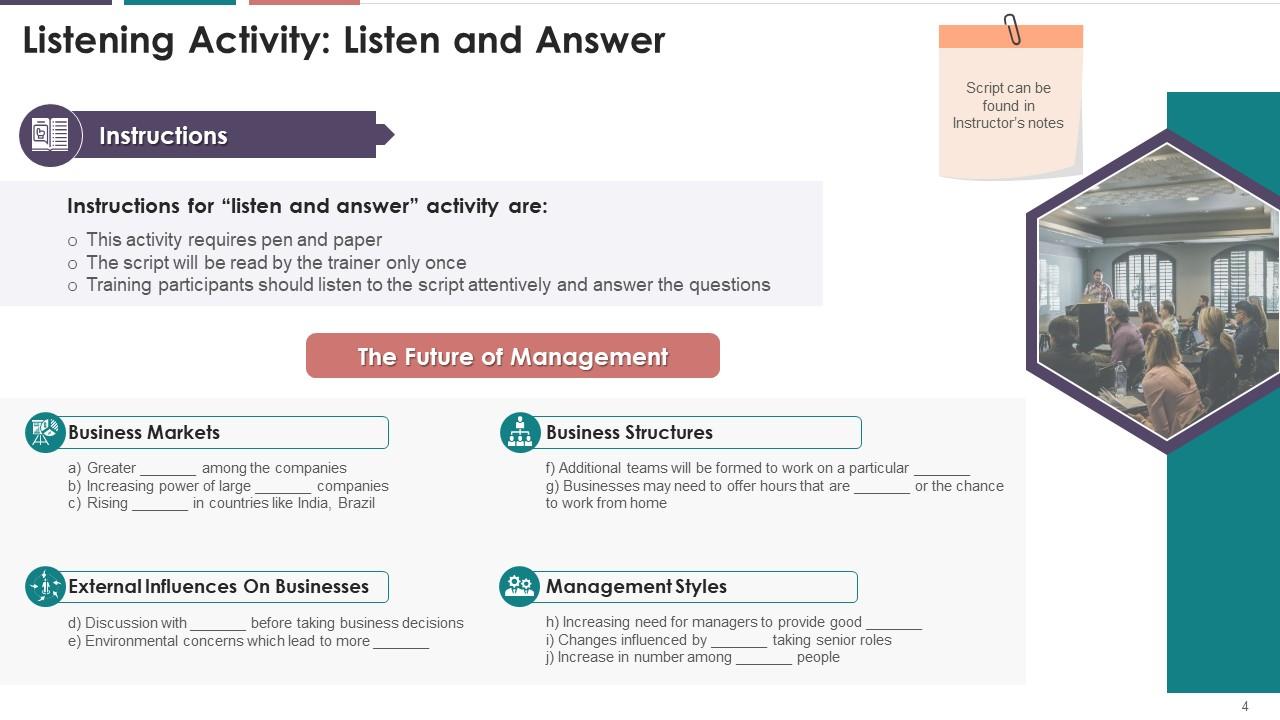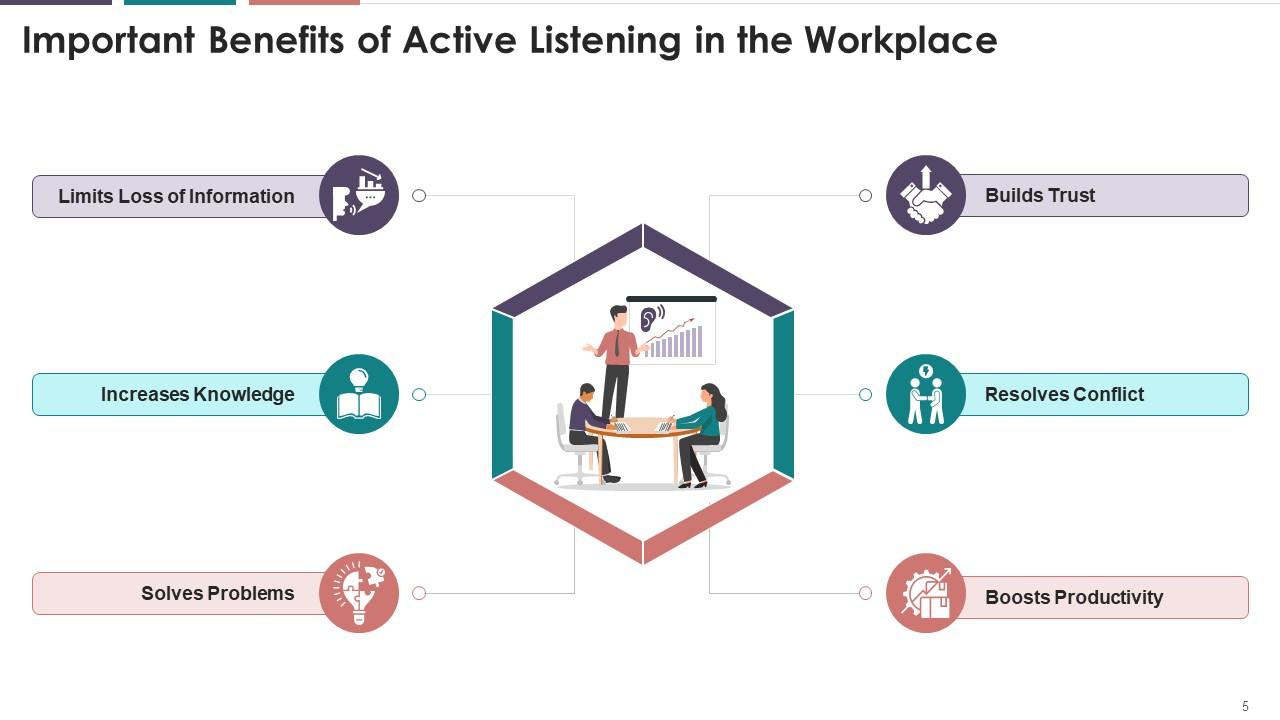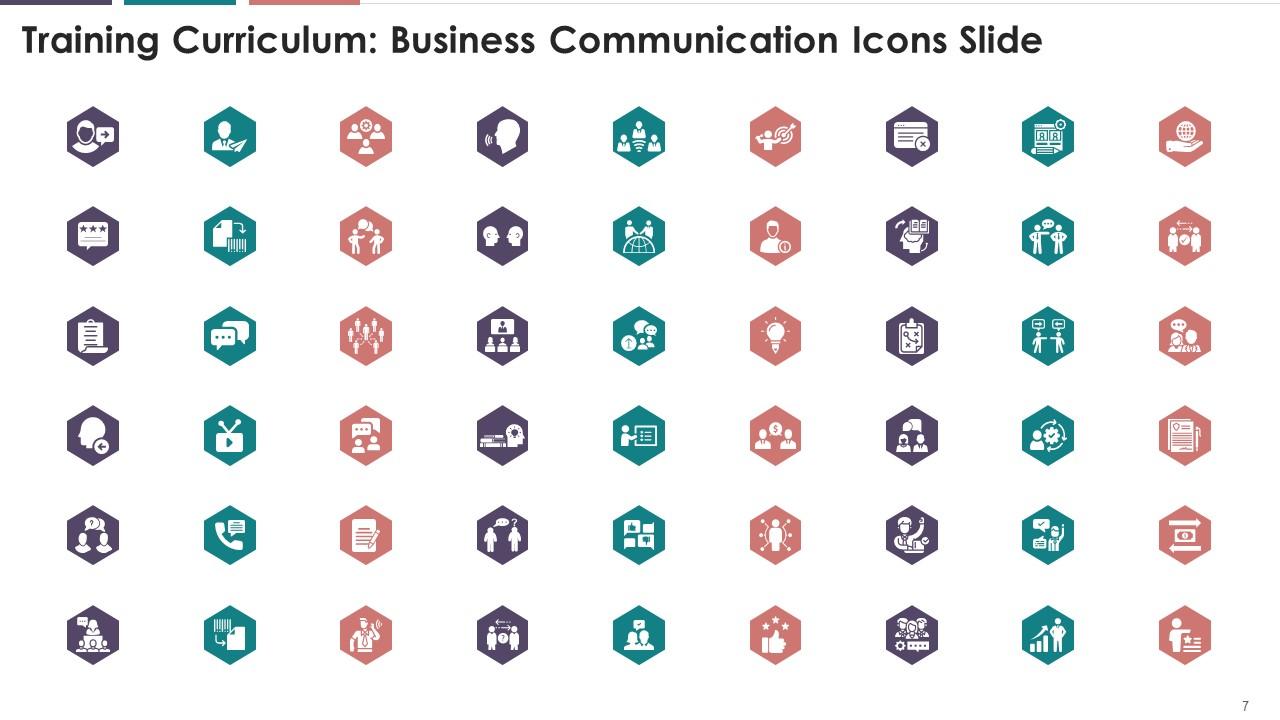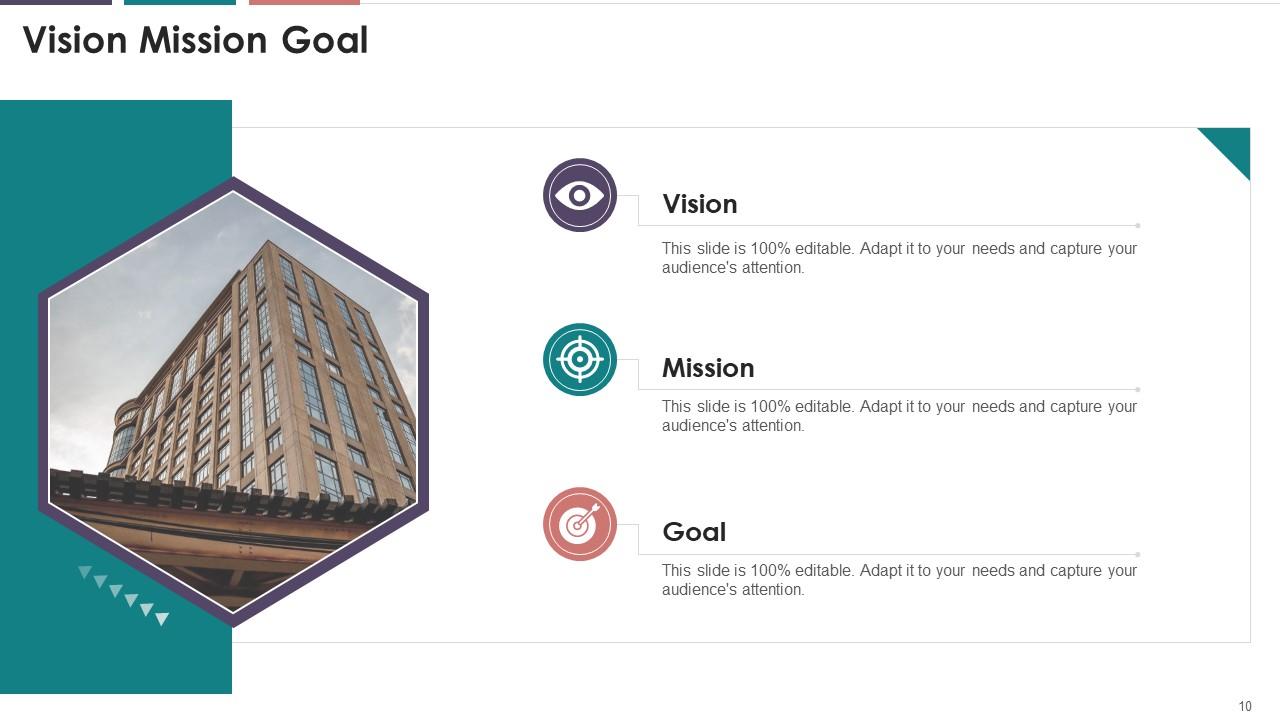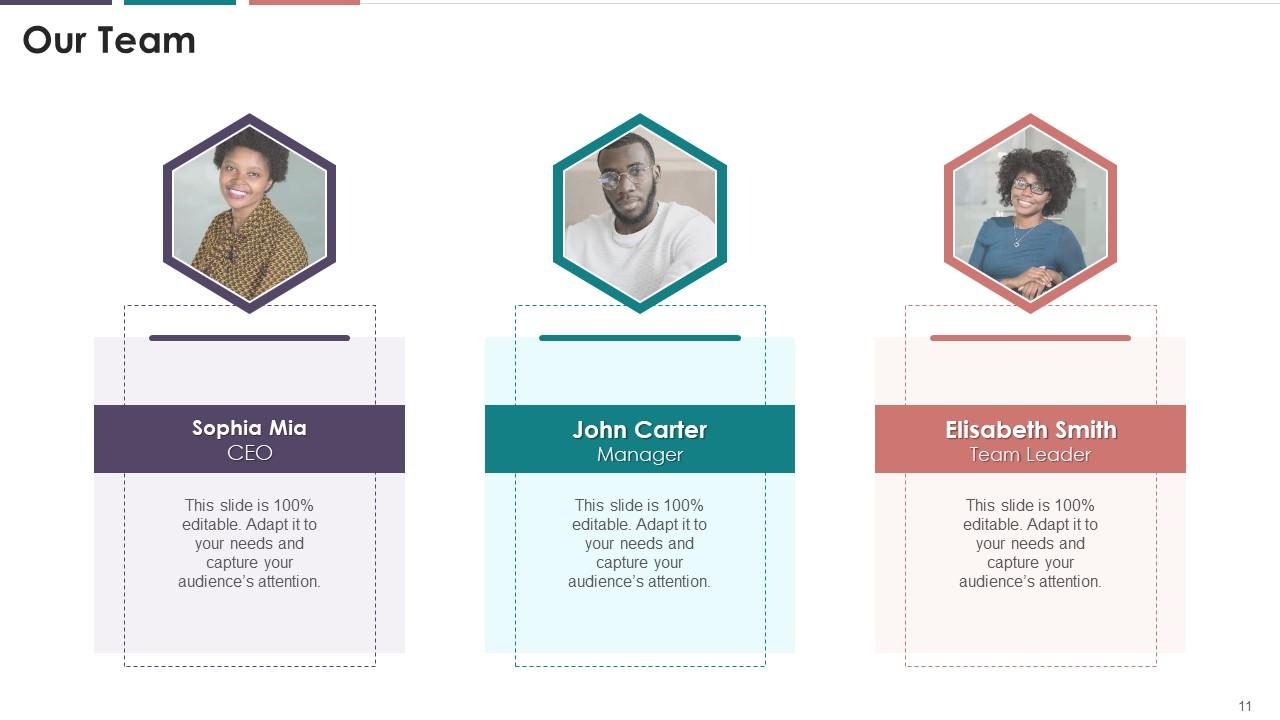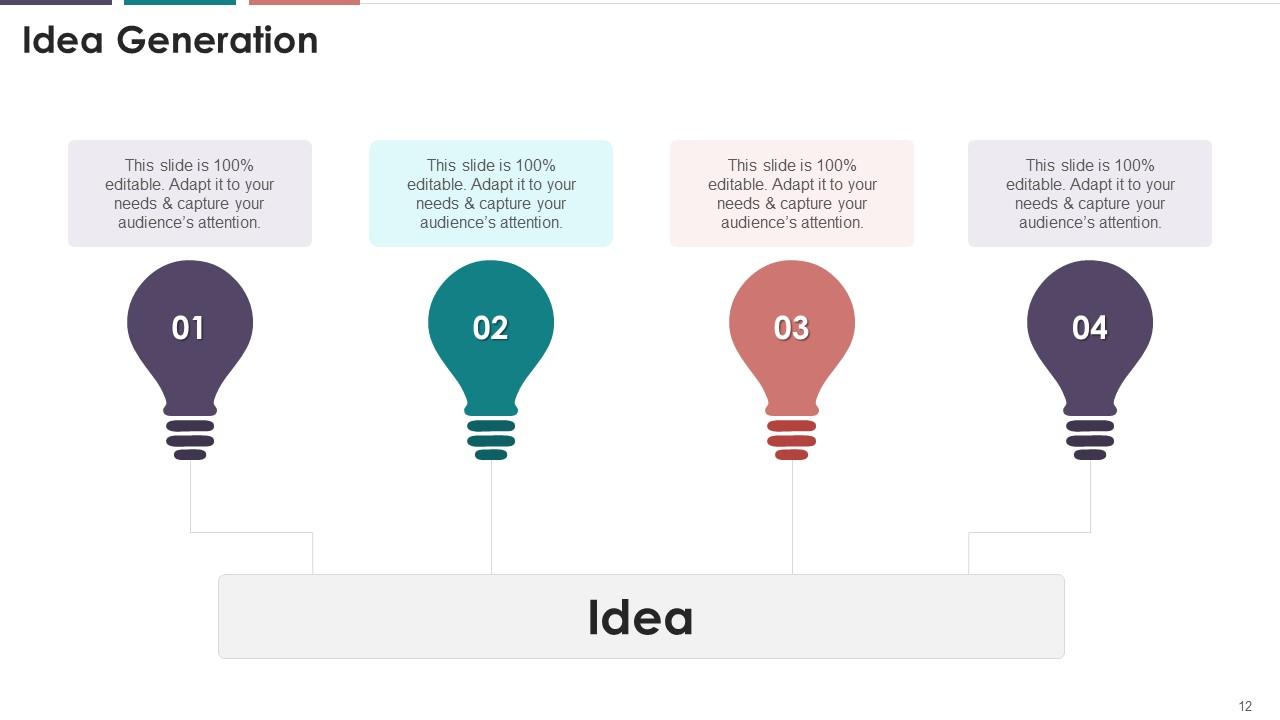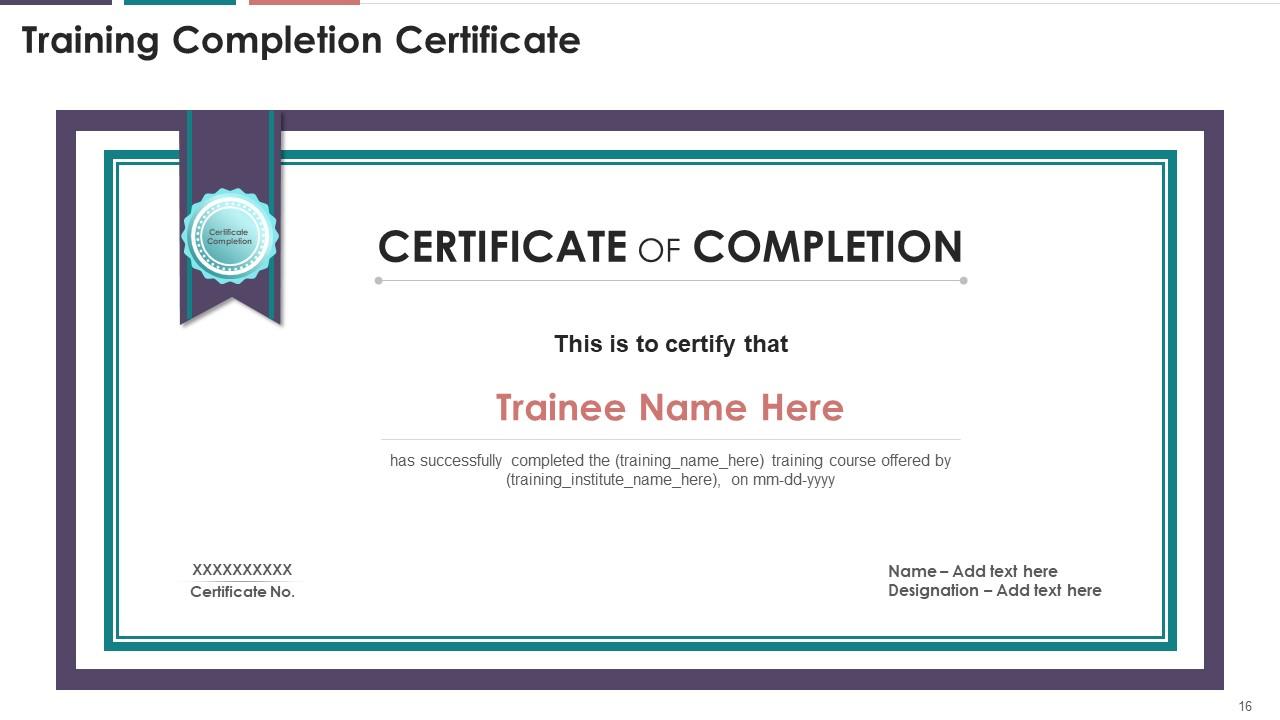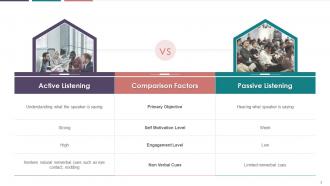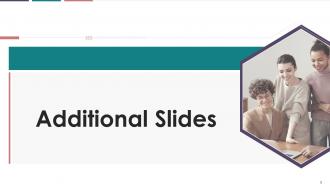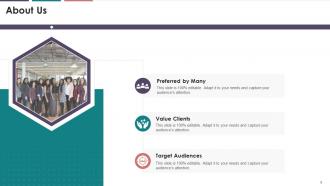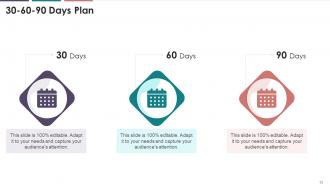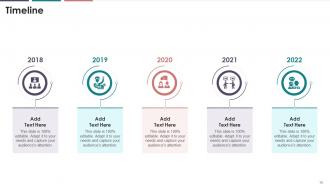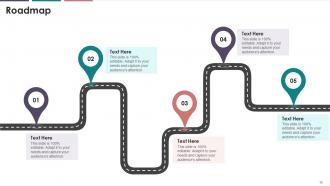Introduction Importance And Activities Of Active Listening With Activities Training Ppt
This set of slides covers 3As of active listening attitude, attention, and adjustment. It also includes the difference between active and passive listening along with an activity to conduct in a business communication session. Further, it showcases the significant advantages of active listening in business organizations, such as building trust, resolving conflict, boosting productivity, solving problems, increasing knowledge, and limiting information loss.
- Google Slides is a new FREE Presentation software from Google.
- All our content is 100% compatible with Google Slides.
- Just download our designs, and upload them to Google Slides and they will work automatically.
- Amaze your audience with SlideTeam and Google Slides.
-
Want Changes to This PPT Slide? Check out our Presentation Design Services
- WideScreen Aspect ratio is becoming a very popular format. When you download this product, the downloaded ZIP will contain this product in both standard and widescreen format.
-

- Some older products that we have may only be in standard format, but they can easily be converted to widescreen.
- To do this, please open the SlideTeam product in Powerpoint, and go to
- Design ( On the top bar) -> Page Setup -> and select "On-screen Show (16:9)” in the drop down for "Slides Sized for".
- The slide or theme will change to widescreen, and all graphics will adjust automatically. You can similarly convert our content to any other desired screen aspect ratio.
Compatible With Google Slides

Get This In WideScreen
You must be logged in to download this presentation.
PowerPoint presentation slides
Presenting Introduction, Importance and Activities of Active Listening with activities in Business Communication. Our PowerPoint experts have included all the necessary templates, designs, icons, graphs, and other essential material. This deck is well crafted by extensive research. Slides consist of amazing visuals and appropriate content. These PPT slides can be instantly downloaded with just a click. Compatible with all screen types and monitors. Supports Google Slides. Premium Customer Support is available. Suitable for use by managers, employees, and organizations. These slides are easily customizable. You can edit the color, text, icon, and font size to suit your requirements.
People who downloaded this PowerPoint presentation also viewed the following :
Content of this Powerpoint Presentation
Slide 2
This slide provides information regarding the definition of active listening. It also includes details of 3As of active listening which are attitude, attention, and adjustment.
Instructor's Notes:
The three As of active listening are:
- Attention: Listener must be in the present moment and pay close attention to the speaker, disregarding any other anxieties of the day
- Attitude: Listener must listen to the speaker with a positive and open mind
- Adjustment: The listener must be willing to change and adapt their responses in line with to the speaker’s train of thought until the end of the conversation
Slide 3
This slide tabulates the difference between active and passive listening on multiple comparison factors such as the primary objective, self-motivation level, engagement level, and nonverbal cues.
Slide 4
This slide illustrates the instruction that needed to be followed to conduct listen and answer activity in business communication training. The slide provides information about the set of questions that should to be answered by trainees on the basis of the script read by the trainer.
Instructor’s Notes:
Read the script to training attendees
Business Markets:
- I’ve been talking to business managers and reading surveys about the future of management. I will present some ideas about how businesses will change over ten years. It is not a scientific, mathematical analysis but only an idea for us to discuss. I’m sure a significant development will be a substantial increase in competition
- Global Companies are trying to sell identical products. Consumers now have better food products from Australia that might be manufactured in other countries like the USA, China, Finland, etc. Mergers and takeovers, happening in parallel, mean the governments are losing control over private companies
- We can all think of companies that exert significant influence on consumer choice. Market demand is growing rapidly in India, Brazil, and other rapidly expanding economies. The pressure on resources around the world is disturbing balance that marks the functioning of nature
External Influences on Businesses:
- Companies are taking advice from customers before making new business decisions. Companies are finding out what customer requires and provide it instead of making products and sell them. Another issue is that concerns about the environment will force manufacturers to extend product life cycles and reduce pollution and waste. Strengthened regulations will be the order of the day.
Business Structures:
- Many societies are much more flexible and democratic, and the structure of companies is changing to indicate that. We will see greater importance within companies on teams created with a specific project in mind. When it is completed, the teams will disband and will form new groups. People experience work as one part of their life and not the essential part of life. With workforce essentially reducing in some countries, businesses have to compete for staff instead of choosing among many candidates. Facilities that will attract and retain employees are flexible working hours and work from home
Management Styles:
- People living in home cities, abroad can choose these facilities given by the company. The working of senior management will have to evolve and efficiency will be just one key trait. Excellent leadership skills will assume a much greater role
- Around the world, the senior managers of large businesses are mainly men in their 50s and 60s. The organization can initiate and respond to change in a fast-moving world, where they face lots of efficiency issue and competition
- The dominant management style will almost certainly become more consultative and collaborative, caused by women moving to senior positions
- Developments influence many changes in the broader business environment. The traditional emphasis of the business is manufacturing, and of course, the service sector is significantly essential. We should not overlook the growing financial contribution of intellectual property. Books and films contribute a lot to the generation of money from the sale of related DVDs, music, games, clothes, etc. Another point is that although I’ve been talking about companies, one trend they have to face is moving away from people working for the same employer for years. Instead, more and more people are becoming self-employed
Slide 5
The slide showcases the significant advantages offered by active listening in business organizations. The key benefits of active listening are building trust, resolving conflict, boosting productivity, solving problems, increasing knowledge, and limiting the loss of information.
Instructor's Notes:
The key benefits of active listening in the workplace are:
- Builds Trust: Active listening helps build trust. When fellow employees know they can speak freely without being judged, they'll be more likely to confide in you, leading to the formation of a long-term relationship
- Resolves Conflict: In active listening by paraphrasing, the listener eliminates the possibility of misunderstandings, thus avoiding disagreements.
- Boosts Productivity: Actively listening helps in retaining employees as it allows them to express their ideas/opinions making them feel more freely energized, focused, and less prone to distraction
- Solves Problems: Active listening enables one to quickly identify issues that employees face and create an action plan to address these
- Increases Knowledge: Active listening improves one's knowledge base. You understand new topics across business domains
- Limits Loss of Information: Active listening helps avoid missing critical information, especially if the speaker is providing instructions or providing training on a new process
Introduction Importance And Activities Of Active Listening With Activities Training Ppt with all 21 slides:
Use our Introduction Importance And Activities Of Active Listening With Activities Training Ppt to effectively help you save your valuable time. They are readymade to fit into any presentation structure.
-
Attractive design and informative presentation.
-
I am not the best at presentations but using SlideTeam’s PPT template made it easier for me. Thank you SlideTeam!


